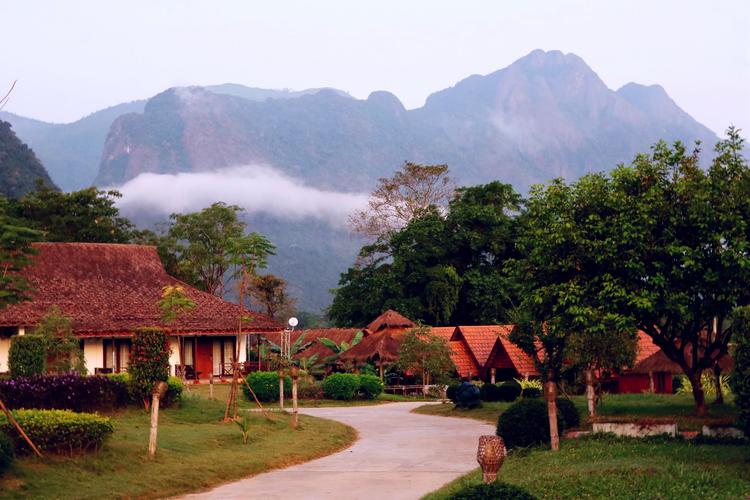Heritage Landscapes: A Story of the Natural and Cultural
Heritage landscapes are a unique blend of natural and cultural elements that have coexisted over time. These landscapes are particularly important because they represent a tangible connection between people and their environment, encompassing the physical, cultural and spiritual attributes that shape our identity and our sense of place.
In recent years, there has been a growing awareness of the value of these landscapes, not only in terms of cultural heritage, but also as a vital element in the conservation of ecosystems and biodiversity. As a result, efforts are being made globally to identify, protect and maintain these special places for future generations.
Heritage landscapes are not limited to just natural and cultural elements; there are also historic, scenic, spiritual and aesthetic dimensions. They reflect the influences that have shaped them over time, and as such, they provide a unique perspective on the interrelationships between humans and their natural environment.
Through the identification and protection of heritage landscapes, we can gain a deeper understanding of the processes that have shaped our world. For example, the conservation of sacred sites can help us understand the religiosity of communities that have inhabited a particular area, or the conservation of historic buildings can help us better understand the sociocultural forces that have impacted the way people lived in the past.
Heritage landscapes are by definition dynamic, constantly changing over time. Within natural heritage landscapes, this may include the succession of plant communities, the impact of fire or other disturbances, or the gradual evolution of ecosystems. Within cultural heritage landscapes, this may include changes to land-use practices, cultural practices or development pressures.
In conclusion, heritage landscapes are unique, multi-dimensional spaces that represent the intertwined relationships between people, their culture, and their environment. The conservation and management of these landscapes are critical to understanding the past, present and future, and to ensure that future generations can experience the rich diversity and beauty of the world around us.
(Note: Do you have knowledge or insights to share? Unlock new opportunities and expand your reach by joining our authors team. Click Registration to join us and share your expertise with our readers.)
Speech tips:
Please note that any statements involving politics will not be approved.
